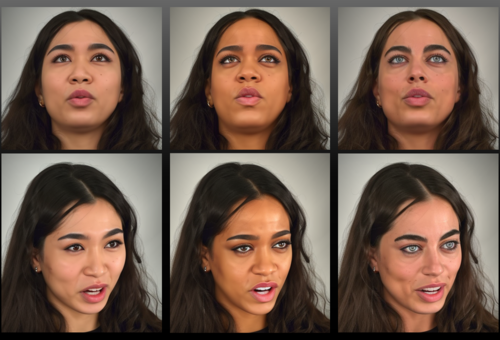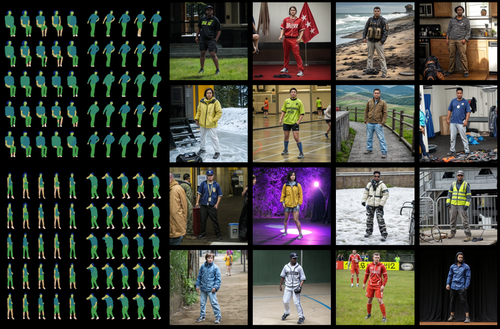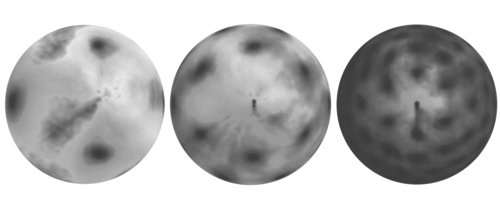Stable Video Portraits
In European Conference on Computer Vision (ECCV 2024), LNCS, Springer Cham, European Conference on Computer Vision (ECCV 2024), October 2024 (inproceedings) Accepted
Synthesizing Environment-Specific People in Photographs
Ostrek, M., O’Sullivan, C., Black, M., Thies, J.
In European Conference on Computer Vision (ECCV 2024), LNCS, Springer Cham, European Conference on Computer Vision (ECCV 2024), October 2024 (inproceedings) AcceptedNeuropostors: Neural Geometry-aware 3D Crowd Character Impostors
Ostrek, M., Mitra, N. J., O’Sullivan, C.
In 2024 27th International Conference on Pattern Recognition (ICPR), Springer, 2024 27th International Conference on Pattern Recognition (ICPR), June 2024 (inproceedings) Accepted




